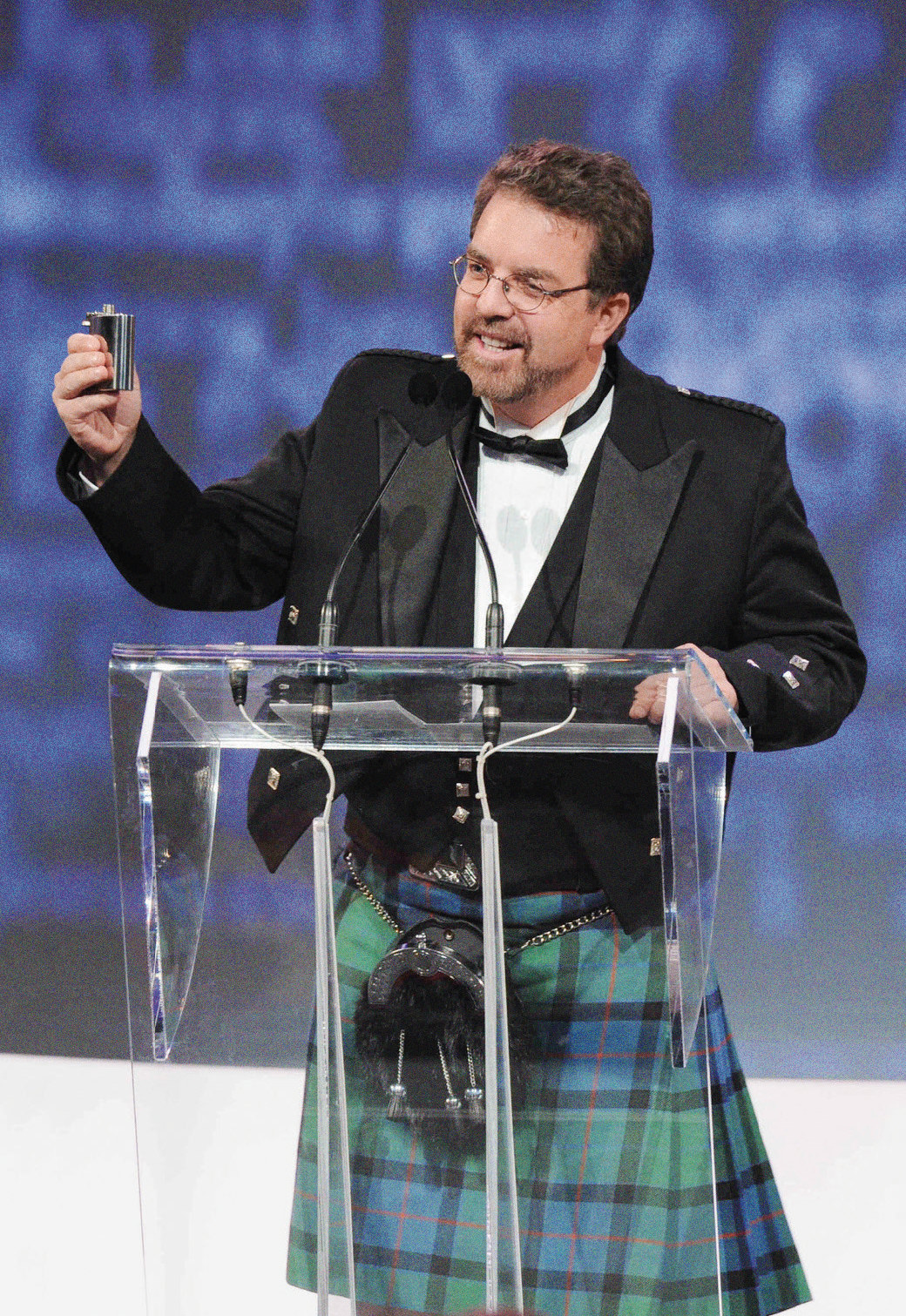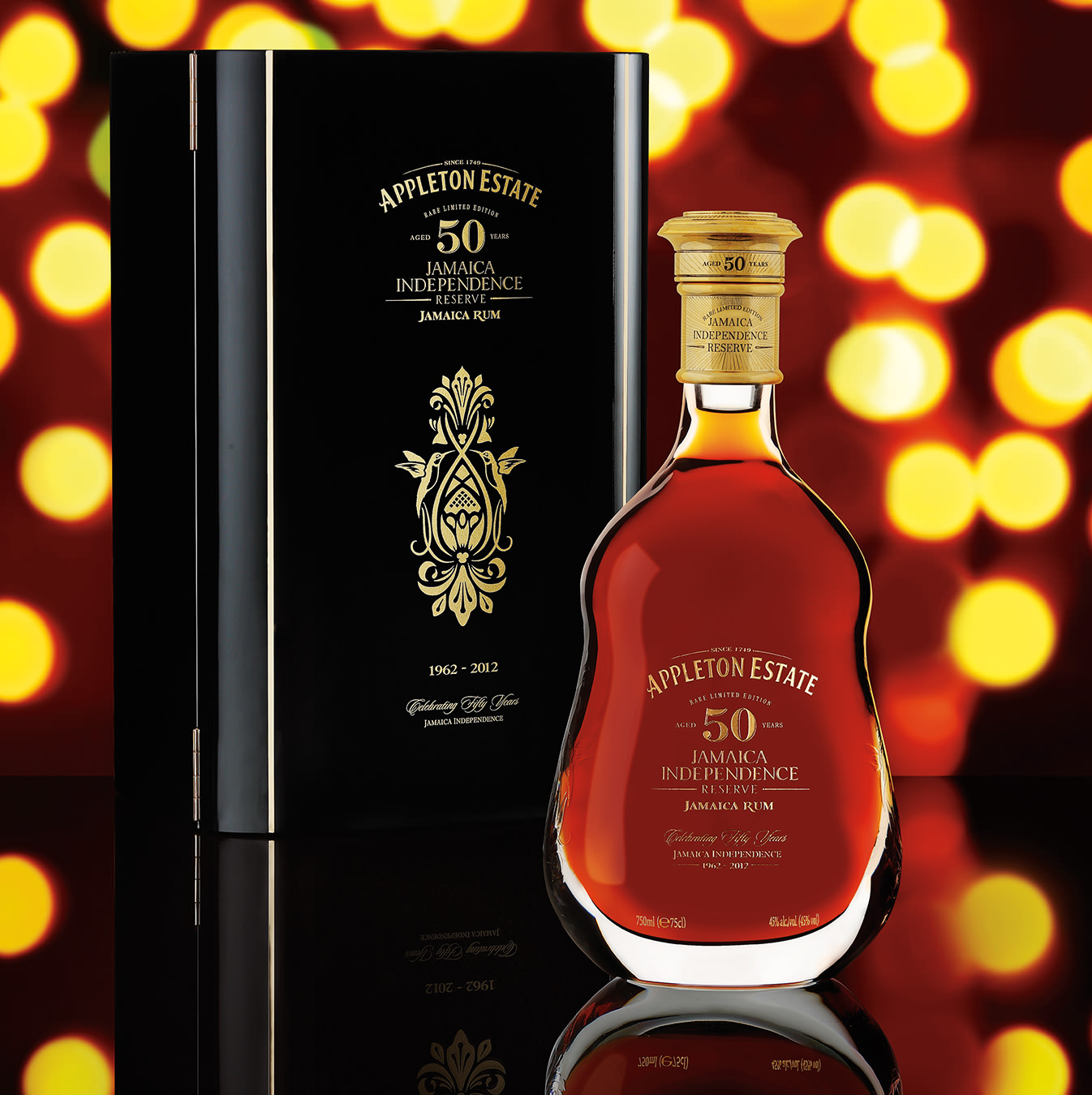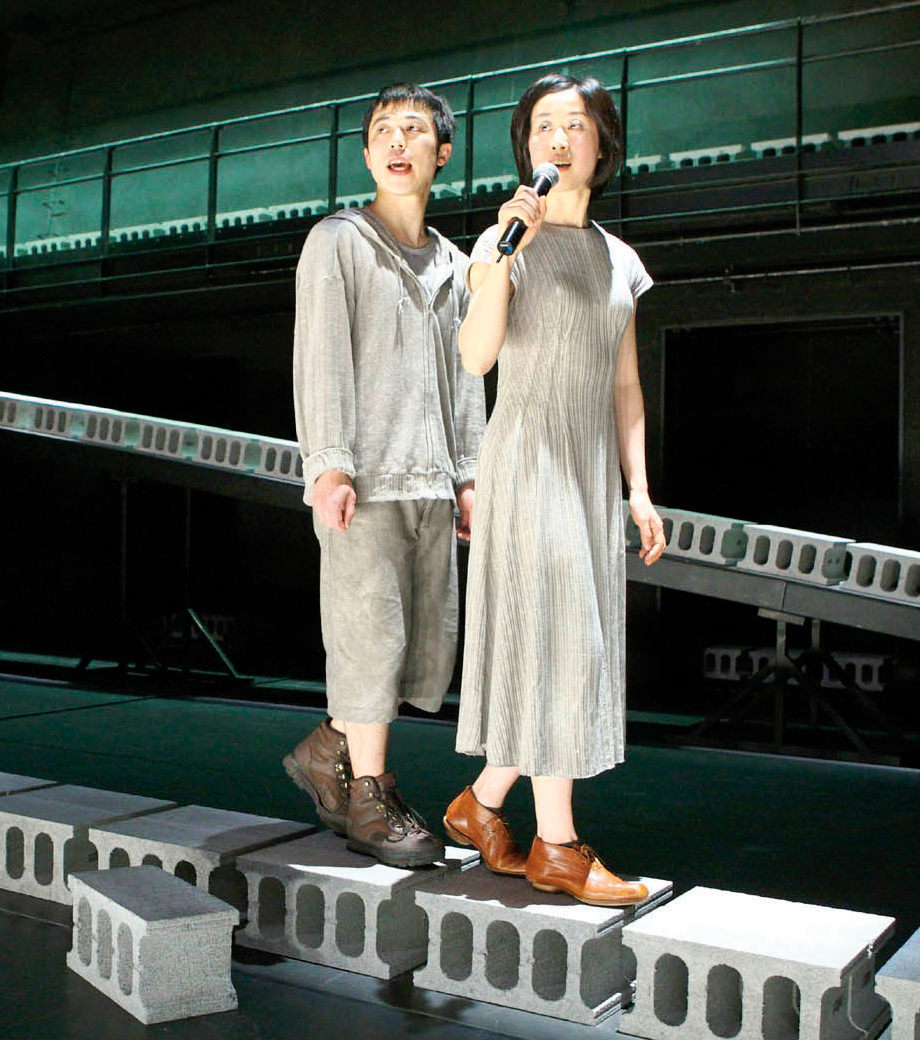-
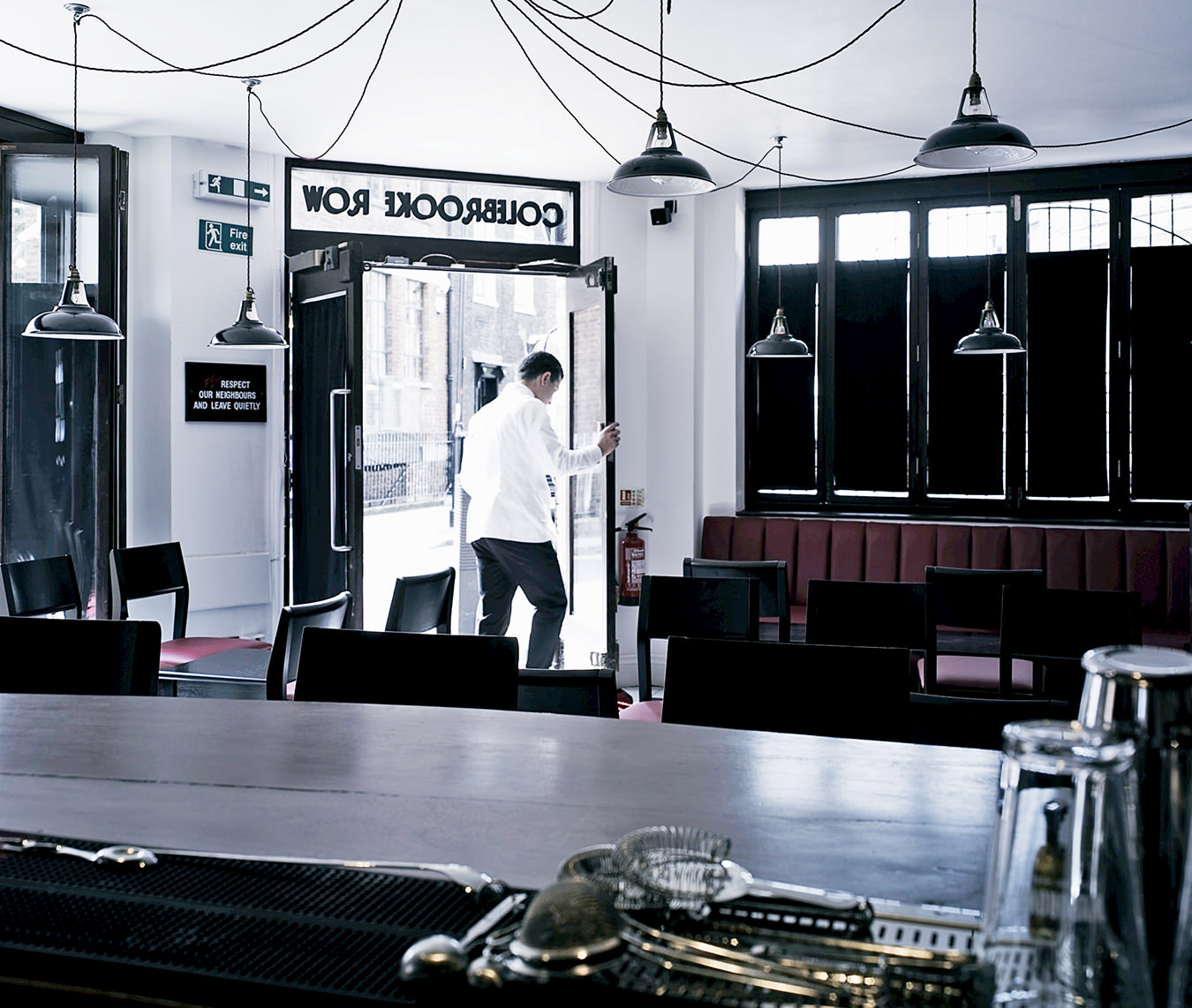
The Bar with No Name, a.k.a. 69 Colebrooke Row, is mixologist Tony Conigliaro’s watering hole in north London.
-
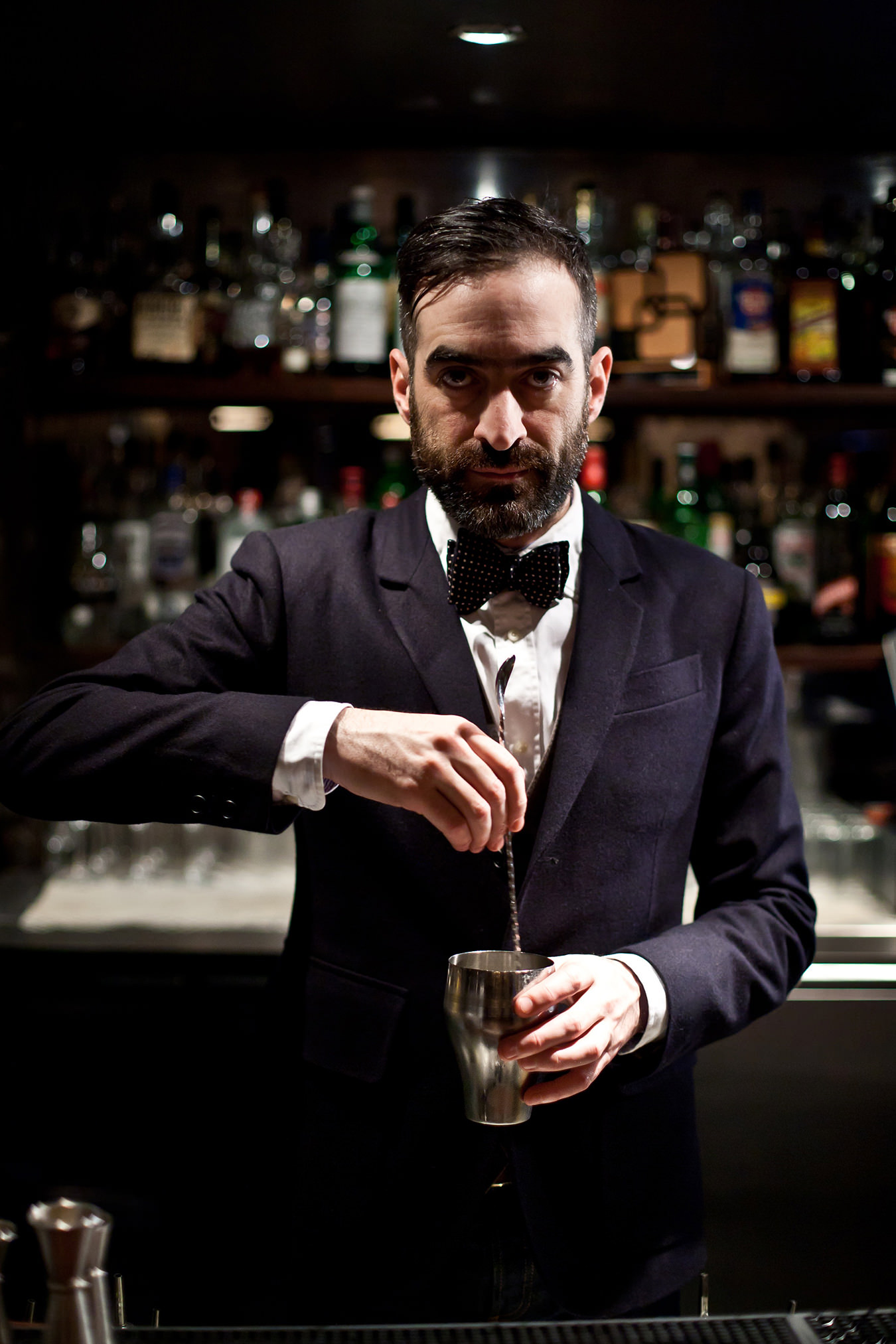
Tony Conigliaro at the Bar with No Name, a.k.a. 69 Colebrooke Row.
-
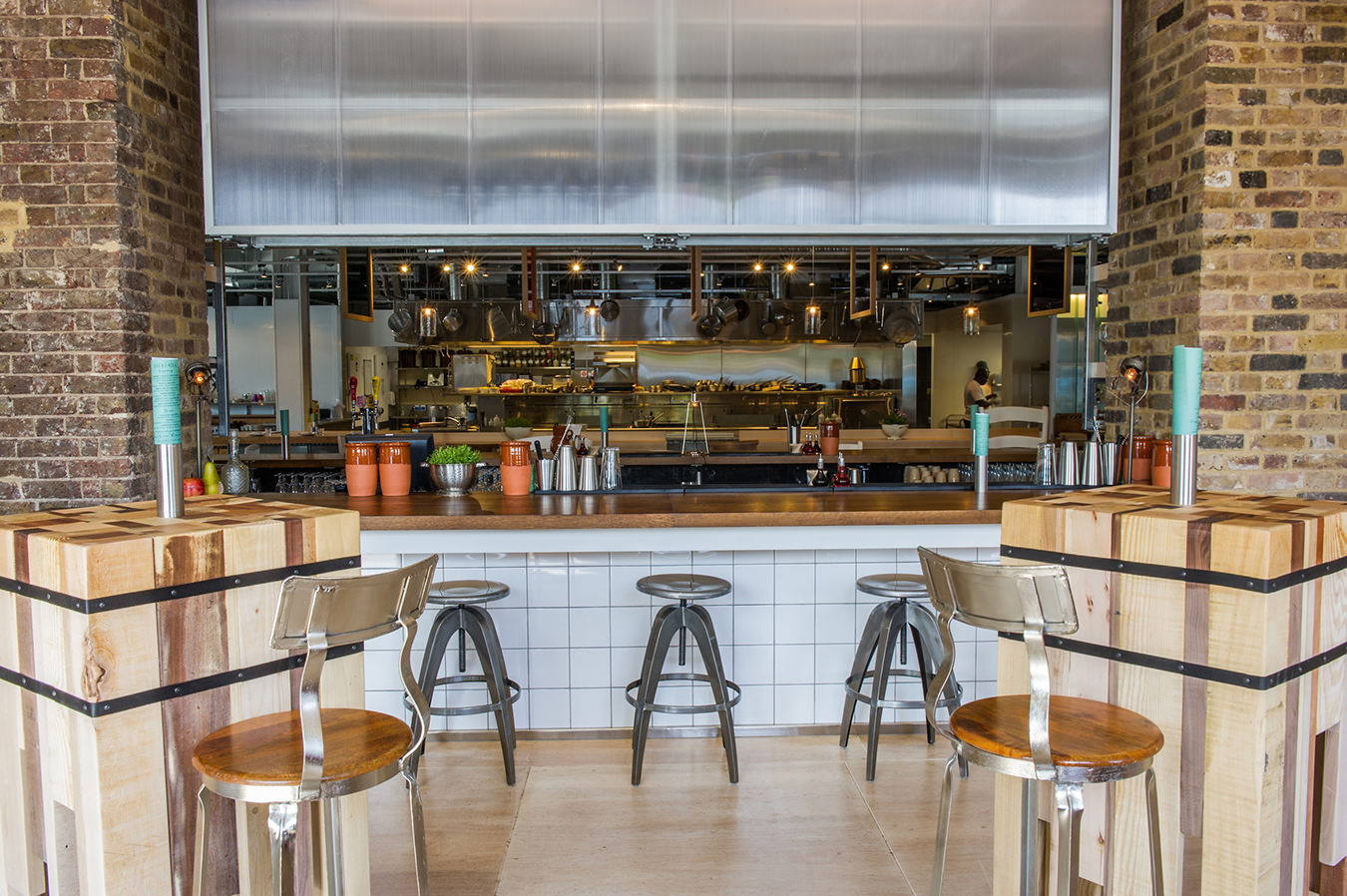
The bar at the Grain Store restaurant in London.
-
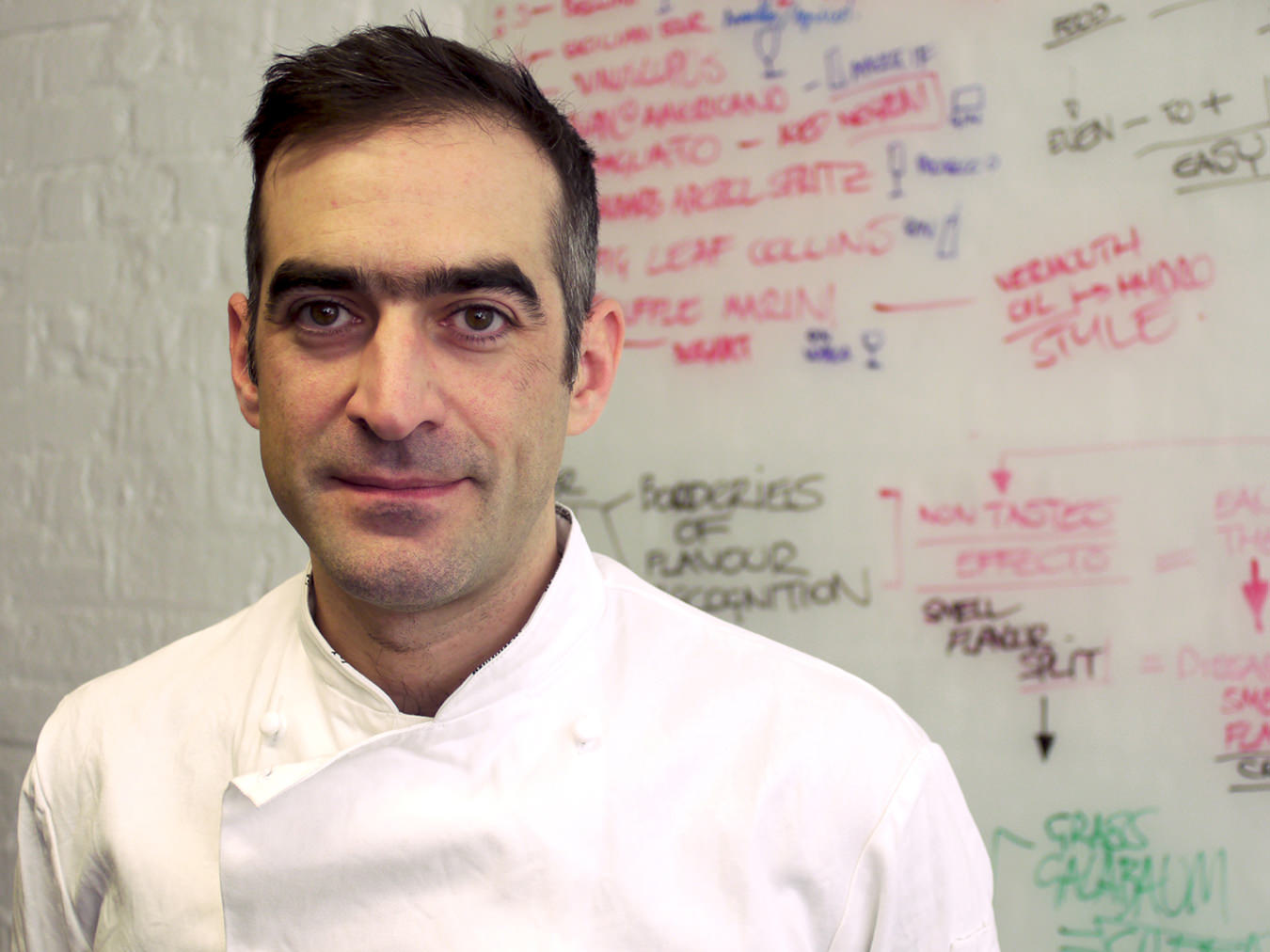
Tony Conigliaro at his Drink Factory laboratory, where he works with his team to create new and innovative cocktails.
Tony Conigliaro
Mix maestro.
The amaretto-like aromas of his grandmother’s cookie jar. An idea about puréed pumpkin. An English rose garden. For Tony Conigliaro, the crowned king of London’s molecular mixology scene, these simple thoughts have spawned ideas for innovative cocktails that abide by his time-honoured principles: nothing extraneous, every element considered, and the use of ingredients that are often painstakingly handmade.
Today, the man has bananas on the mind; hatching up a new recipe, Conigliaro is planning to extract the fruit’s flavour and mix it with rum into a daiquiri. “It’s kitschy, but sometimes you can’t take yourself too seriously.” There is a touch of mysticism surrounding the 42-year-old mixologist, who self-identifies as more artist than scientist (although others may think otherwise, as his pioneering creations take multiple cues from molecular gastronomy).
Conigliaro was born in Greenwich, England, in 1971 and first began bartending in his 20s as a means to earn extra income while studying fine art and art history. Positions at London’s top bars soon followed—places like Shochu Lounge, Isola—and his current portfolio includes devising drinks for both the Grain Store restaurant and the Zetter Townhouse; also for a soon-to-open bar called Airmail; and for his own watering hole in north London, known sometimes as 69 Colebrooke Row but more often as the Bar with No Name. A hole in the wall it isn’t, but discreet it is, with seats for no more than 35 patrons who order from a bar staffed with Conigliaro protégés practising their delicate craft. Many of the cocktails found their genesis just a five-minute walk away at the Drink Factory, Conigliaro’s studio/laboratory for the past three and a half years. The first-floor space is located in a brick building that once housed Pink Floyd’s recording studio, a fittingly unexpected locale for Conigliaro and his 12-member team to brainstorm multisensory sips.
“We don’t see them as cocktails anymore—they are little experiences,” says Conigliaro, striding through the lab, pulling jars off shelves, unscrewing and lifting off lids (“smell this, taste this”), while describing his fleet of apparatuses lining the counters in scientific detail. These include cold smokers, dehydrators, rotary evaporators for distillations, and centrifuges (“because fibres get in the way of the flavour”), all used to coax specific tastes from food and herbs, of course, but also from clay, incense, and lichen. At the conceptual core of his research there is a narrative, and a notion that drinks are attached to philosophies and meditations; each one should have a story.
“The idea [behind the lab] is that there’s a library of reference points,” Conigliaro explains. “There’s no point in just getting one banana and making it a banana daiquiri—no, the idea is to taste banana in however many forms it comes in.” And so, the shelves hold elixir oddities such as sweet birch liqueur from Iceland, prized vintages like Campari 21 bitters from 1955, and historical notables including Schweppes Orange Wine and Marshall’s Maraschino Syrup, both dating from the early 1900s. All are used for research, some with the aim to determine how flavours evolve over time.
This lab is where Conigliaro trademarks such as his toasted-butter-and-hay liquor are created and stashes of haricots verts and petit pois are distilled into vermouth to eventually become Green Martinis. It’s where a food-grade version of frankincense was devised (“timed so that the incense would burn in about a minute and the aromas would linger with the drink”) and where his famous spin on the Prairie Oyster cocktail came to fruition, with its poached tomato disguised as an egg yolk. (It is served in a porcelain oyster shell with homemade horseradish vodka, oloroso sherry, shallots, pepper sauce, and microgreens—almost more of an appetizer than a cocktail.)
“Drink has different uses,” says Conigliaro. “When you sit at home, you have a glass of whisky or you have a glass of wine. You don’t drink gin martinis before partying in Brazil—you drink that before a meal because it serves that purpose.” Because not all are to be enjoyed outside the house, there is Conigliaro’s book of trade secrets, The Cocktail Lab: Unraveling the Mysteries of Flavor and Aroma in Drink, with Recipes, which was released last year. It is geared toward both the home enthusiast and the technician, with a foreword by Heston Blumenthal, a great friend of Conigliaro’s. “Tony Conigliaro is a revolutionary,” writes Blumenthal. “His inspiration comes from such diverse extremes as movies and perfume, and his knowledge of alcohol history dates back to alchemy itself.”
Indeed, the wild yet calculated ingredients of the cocktails—when combined just right—speak for themselves. “At the end of the day, the taste has to be immaculate,” says the mixologist, “because otherwise you’re not going to go back to it.”
Conigliaro’s approach is unquestionably modern, but the sentiment behind it is old-fashioned. “In the bar, there’s no reference to this—it’s not about the science-speak. I mean, if people want to know a bit more, scratch below the surface and ask, then we tell them, but that’s not what we’re about,” he says. “The drink should be amazing. You should enjoy it, you should enjoy your night, and nothing else.”
Originally posted Winter 2013.


